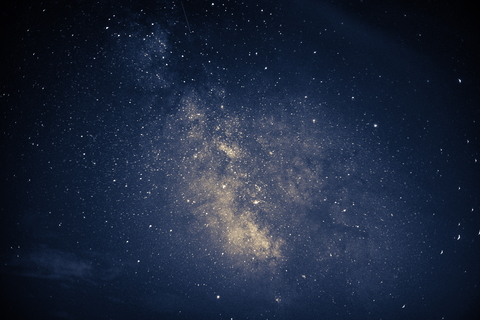Overview
When compact object binaries involving neutron stars merge together, they eject neutron-rich matter that undergoes r-process nucleosynthesis, synthesizing some of the heaviest elements in our Universe and powering an electromagnetic transient called a kilonova. With the detection of the kilonova associated with the neutron star merger event GW170817, we have obtained strong evidence that such mergers are indeed a site where heavy element production occurs. However, many open questions remain: What gave rise to the blue component of the observed kilonova? How do detailed r-process yields depend on the properties of the progenitor binary? And are neutron star mergers the only source of r-process elements in the Universe? In this talk, I will discuss nucleosynthesis in outflows from post-merger remnants, such as hypermassive neutron stars and accretion disks, formed in the merger of different compact object binaries. I will show how neutrino-matter interactions affect heavy element synthesis in these outflows and shape the kilonova signal. I will also discuss the implications of these results with respect to past and future kilonova observations. Detailed long-term modelling of post-merger outflows is crucial for linking numerical simulations with astrophysical observables to finally uncover the origin of heavy elements.
